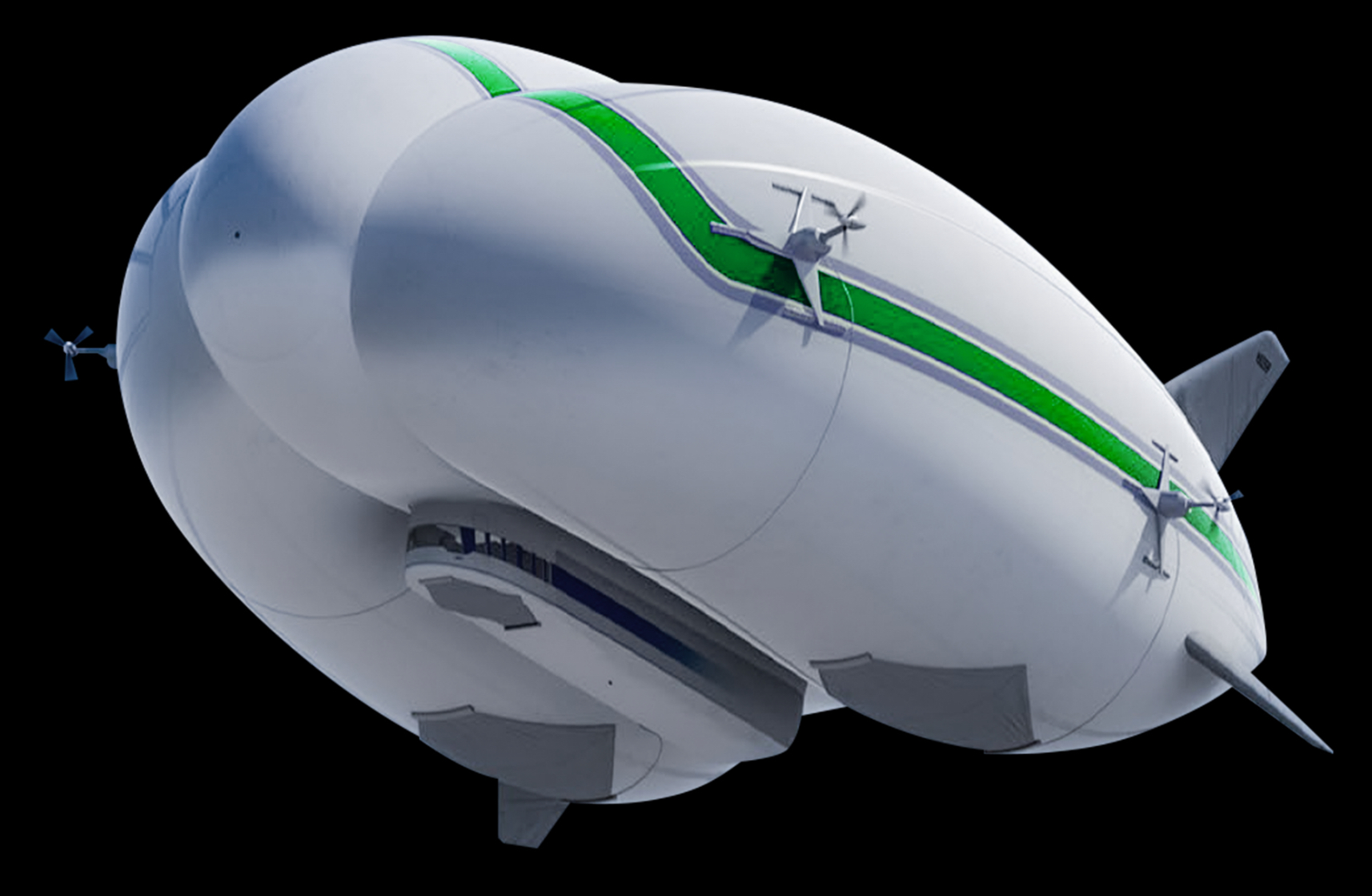
The Macdonald-Laurier Institute, a Canadian non-partisan think-tank, has published a paper written by US Navy Lieutenant-Commander Cam Kovarek on the merits of using Lighter Than Air aircraft (LTAs) to secure the Arctic for both the United States and Canada.
Kovarek urges a fresh look at LTAs with their updated propulsion technologies as a means to overcome the lack of icebreakers, deep-water ports and related infrastructure for conventional seagoing vessels in the far northern reaches of Canada and Alaska and be able to assert sovereignty while providing law enforcement, emergency response and maritime safety and environmental stewardship at a fraction of the cost of conventional means. He touts LTAs’ abilities to land on ice, snow and up to eight-foot seas, their ability to hover, be piloted remotely and their much greater capacity to carry cargo at a fraction of the cost of conventional aircraft. Kovarek also cites their ability to do this in a more environmentally friendly manner as a bonus.
U.S. aerospace manufacturer Lockheed Martin (LR) has, in the last few years, developed and proposed hybrid airships to the U.S. government for its consideration. Not much has come of that initiative. However, LR has transferred the LTA program to a new LM subsidiary called AT2, which is pursuing commercialization of the technology. According to a press release issued earlier this year: “Lockheed Martin believes in the potential for hybrid airships to transform global transport… We are pleased to share that the hybrid airship [intellectual property] and related assets have been transitioned to a newly formed, commercial company called AT2 Aerospace. [The company] is extending [its] work to bring hybrid airships to fruition. The AT2 team is developing airship solutions to support commercial and humanitarian applications around the world.”
Watch this week’s video to see what AT2 Aerospace proposes for northern Canadian mining operations.
Read the full paper below:
Airships for Arctic Security – LCdr Kovarek